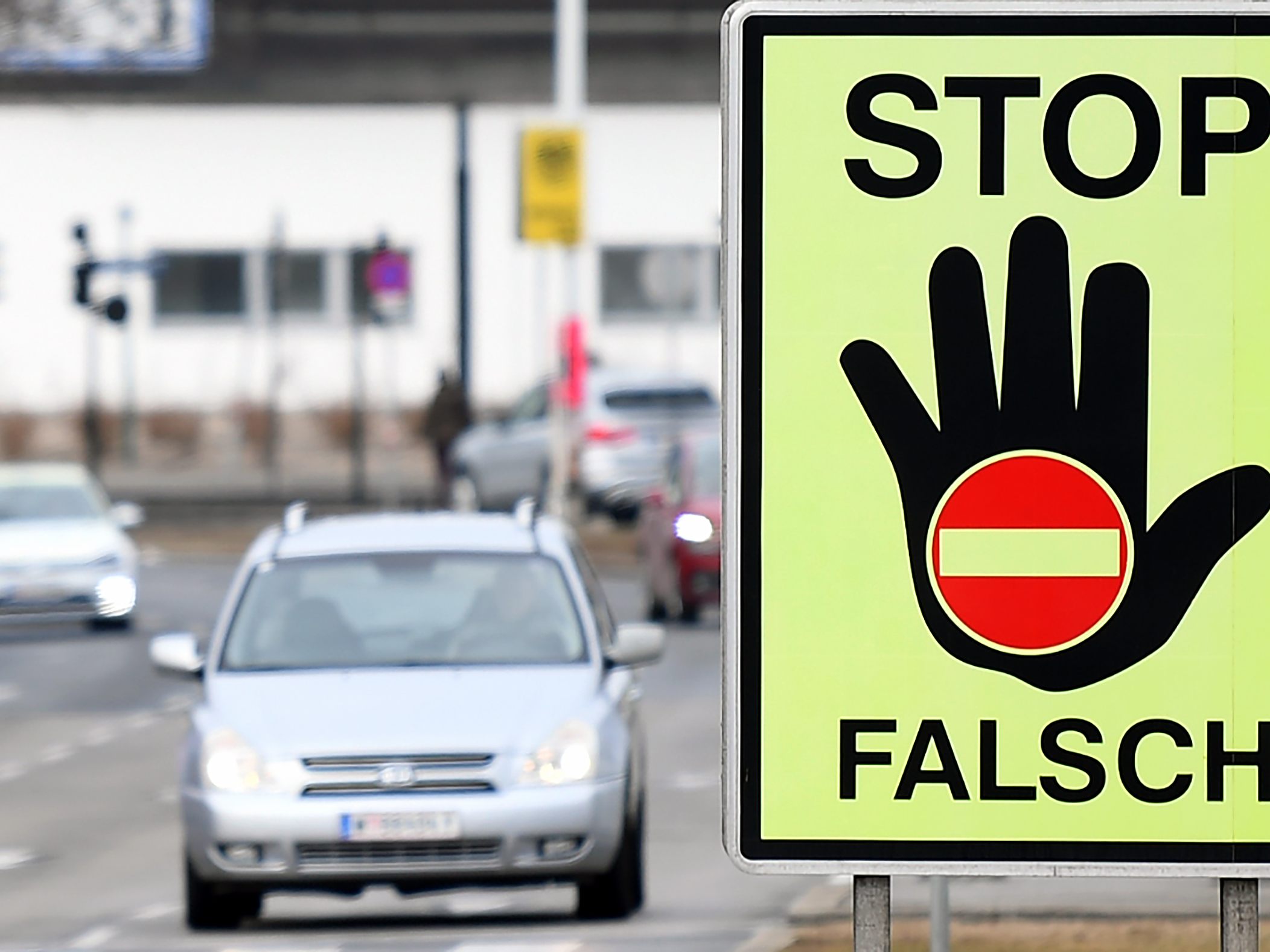Vienna Last Year the Tail Light for Wrong-Way Drivers

In 2024, 400 wrong-way drivers were reported to the Ö3 traffic service. This is 44 reports or around ten percent fewer than the year before. In wrong-way driver accidents, two people lost their lives. One person was seriously injured, and 23 were slightly injured. In total, eleven accidents occurred last year. For the first time, Styria leads the federal state ranking. Lower Austria and Carinthia follow at a short distance. The fewest wrong-way drivers were reported in Vienna.
Fewer Wrong-Way Drivers in Vienna
There was a slight increase in reports in Styria and Burgenland. In all other federal states, a decrease in wrong-way driver reports was registered. The most wrong-way drivers were reported on the Southern Motorway (A2) with 64. This was followed by the Tauern Motorway (A10) and the Western Motorway (A1). The motorway section with the most wrong-way drivers since the start of the measurement is the Wörthersee section in Carinthia on the A2 between Klagenfurt and Villach. In 2024, 20 wrong-way drivers were reported there and on the Semmering Expressway (S6) each. In the greater Villach area, 16 percent of the reported wrong-way drivers were on the road last year. Already in 2023, it was Austria's wrong-way driver hotspot.
Seven Wrong-Way Drivers in One Day
The fewest wrong-way drivers are on the road in February. The highest number of reports occurs in the summer third from June to September: In August, 49 reports were counted. The day with the most reports also occurred in the summer quarter: On June 25, seven wrong-way drivers were reported. On weekends, the most wrong-way drivers were on the road in 2024, especially on Saturdays. Wrong-way drivers were most frequently reported in the evening between 9:00 PM and midnight. It was least likely to encounter a wrong-way driver in the morning between 6:00 AM and 9:00 AM.

The highest value since the start of the Ö3 wrong-way driver statistics was 550 reports in 2004. The lowest value was in 2020 with 346 wrong-way driver reports. The main reasons for wrong-way driving are alcohol or drug influence, as well as being overwhelmed and distracted.
Asfinag Analyzes Data
All data on wrong-way driver reports are analyzed by Asfinag every year together with the accident data from the Ministry of the Interior to identify problem areas and initiate appropriate measures. "As a motorway operator, we continuously check, for example, junctions for improvements in signage and road markings," added Asfinag traffic safety expert Bernhard Lautner in a statement.
"However, we can only influence the human factor to a limited extent," he emphasized. Examples of this are those people who simply turned around on the motorway. In one case, a driver followed the bad advice of the navigation device and turned around in the Plabutsch tunnel. "Even our best safety measures are of no help in cases of human misconduct," said Lautner.
(APA/Red)
This article has been automatically translated, read the original article here.





